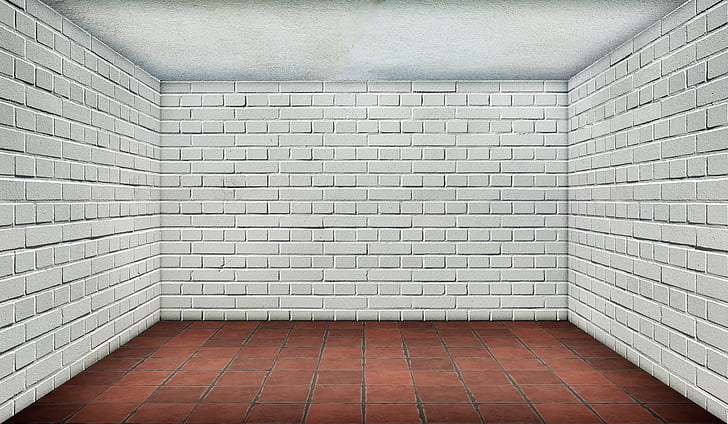Athletic play areas, whether found in schools, parks, or sports courts facilities, serve as essential hubs for physical activity, recreation, and fitness development. These spaces endure constant usage, from children playing sports to professional athletes training rigorously. Given the high traffic, it’s crucial to consider factors that influence the longevity of these areas. Ensuring that Introduction to Athletic Play Area Longevity athletic play areas remain functional, safe, and appealing over time is vital for both users and facility managers. Various aspects, such as material selection, maintenance practices, environmental exposure, and design, play pivotal roles in extending the lifespan of these spaces.
Quality of Materials Used in Athletic Play Areas
The materials used in constructing athletic play areas are the foundation of their durability. High-quality materials ensure that the surface can withstand the daily wear and tear caused by constant use. Whether it’s synthetic turf, rubber flooring, or hardwood for indoor courts, the longevity largely depends on the material’s strength and resilience. Poor-quality materials may initially seem cost-effective but will require more frequent repairs and replacements, ultimately raising maintenance costs. When designing or refurbishing an athletic play area, facility managers must prioritize durable materials that meet safety standards.
Introduction to Athletic Play Area Longevity
In addition to flooring, the durability of the walls and structural components must be considered. Engaging floor and wall tiling services during the construction or renovation process can greatly improve the durability and aesthetic appeal of the athletic area. Proper tiling prevents moisture damage, enhances safety, and makes the play area easier to maintain over the long term.
Regular Maintenance and Inspection
Even the most durable materials will experience wear and tear over time, especially in high-traffic areas like gyms, playgrounds, and sports fields. Regular maintenance is crucial for ensuring the longevity of these spaces. This includes daily cleaning, inspecting for potential hazards like cracks or uneven surfaces, and replacing damaged parts promptly. For outdoor areas, the maintenance routine must account for weather-related issues like rain, snow, or sun damage. Indoor areas, on the other hand, need to focus on addressing the accumulation of dust, dirt, and the impact of heavy equipment or foot traffic.
Routine inspections can help detect early signs of deterioration, preventing small issues from becoming major problems. For example, a slight crack in the flooring may not seem significant, but if left untreated, it could lead to serious injuries or a complete flooring replacement. Maintaining the integrity of athletic play areas not only prolongs their lifespan but also ensures the safety of users.
Impact of Environmental Conditions
Environmental factors play a critical role in determining how long athletic play areas last. Outdoor sports facilities are particularly vulnerable to the elements. Sun exposure can lead to fading and degradation of synthetic turf or rubber surfaces, while rain and snow can cause pooling, erosion, or moisture damage. Temperature fluctuations, such as freezing and thawing cycles, can cause cracks in certain materials, reducing the overall integrity of the space.
In regions with extreme weather conditions, additional protective measures may be necessary. For example, UV-resistant coatings can help protect surfaces from sun damage, while proper drainage systems can mitigate the impact of rain or snow. Indoor play areas, although protected from the elements, are still subject to environmental factors such as humidity and temperature changes, which can affect the flooring, walls, and equipment. By understanding and planning for these environmental What Factors Influence the Longevity of Athletic Play Areas? influences, facility managers can take steps to enhance the durability of the play area.
Design and Layout Considerations

The design and layout of an athletic play area also significantly influence its longevity. A well-thought-out design can prevent premature wear and tear by distributing traffic evenly and incorporating durable materials in high-use zones. For example, areas prone to heavy foot traffic or equipment usage, such as entryways, should be constructed with more robust materials. Additionally, the inclusion of features like shock-absorbing flooring in gymnasiums or impact-resistant surfaces in playgrounds can reduce the strain on the materials, thereby extending their lifespan.
Moreover, Introduction to Athletic Play Area Longevity the design should account for future expansions or changes in usage. Athletic play areas that can easily adapt to different sports or activities tend to last longer because they are more versatile. Introduction to Athletic Play Area Longevity, Aflexible design also allows for easier upgrades or repairs without the need for significant overhauls.
Usage and Foot Traffic Patterns
The level and intensity of use can directly affect how long athletic play areas last. High-traffic areas, such as community parks or public gymnasiums, experience more wear and tear than private or less frequented spaces. Intense activities like basketball, soccer, or gymnastics can place additional strain on surfaces, leading to faster deterioration.
To manage this, facility operators can rotate activities between different areas, preventing overuse of a single zone. Using temporary protective covers or mats during peak usage periods can also minimize damage. Furthermore, educating users about proper footwear and equipment can help reduce unnecessary strain on the surfaces, preserving their quality for a longer period.
Role of Technology and Innovations
Technological advancements have significantly impacted the design and maintenance of athletic play areas. Modern materials, such as artificial turf with enhanced durability, shock-absorbent rubber flooring, and moisture-resistant coatings, are designed to extend the life of play areas. Smart technology, like sensors embedded in the flooring, can also help monitor wear and tear, providing valuable data for maintenance schedules. These innovations not only improve the longevity of the space but also enhance the overall user experience by ensuring the area is safer and more comfortable.
Innovations in lighting, ventilation, and drainage systems also play a crucial role in maintaining the quality of both indoor and outdoor athletic spaces. For instance, energy-efficient lighting reduces heat generation in indoor areas, while advanced drainage systems in outdoor spaces prevent waterlogging, which can lead to surface damage.
Conclusion
In conclusion,Introduction to Athletic Play Area Longevity the longevity of athletic play areas is influenced by various factors, including the quality of materials used, maintenance practices, environmental conditions, design considerations, and the level of usage. Facility managers must carefully assess each of these elements to ensure their athletic play areas remain safe, functional, and visually appealing over time. Investing in durable materials, like proper tiling services, regular maintenance, and leveraging technological advancements, can significantly extend the life of these spaces, benefiting both users and operators alike.



